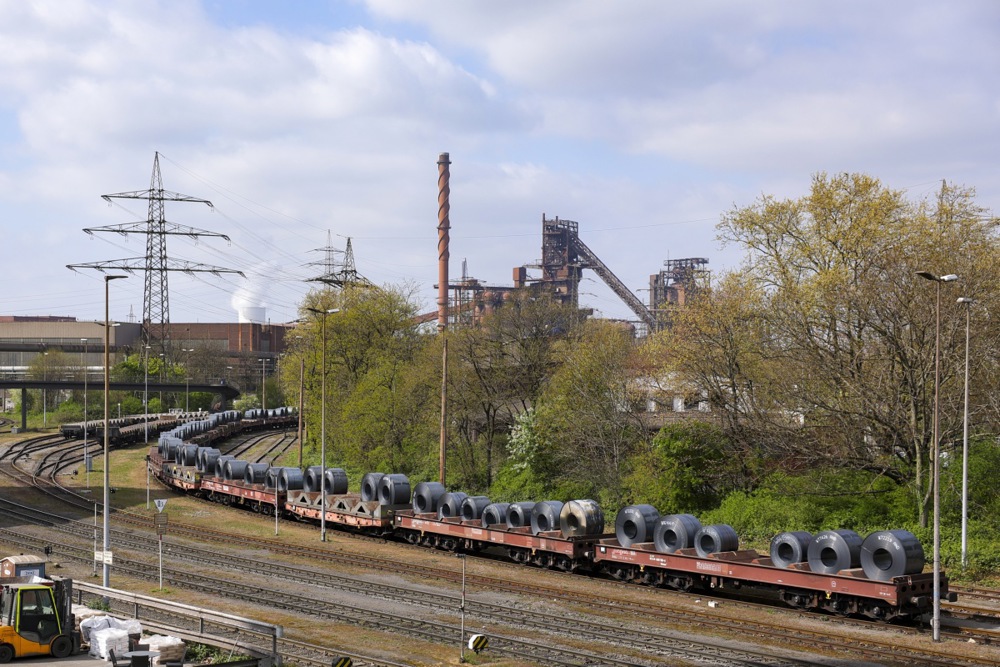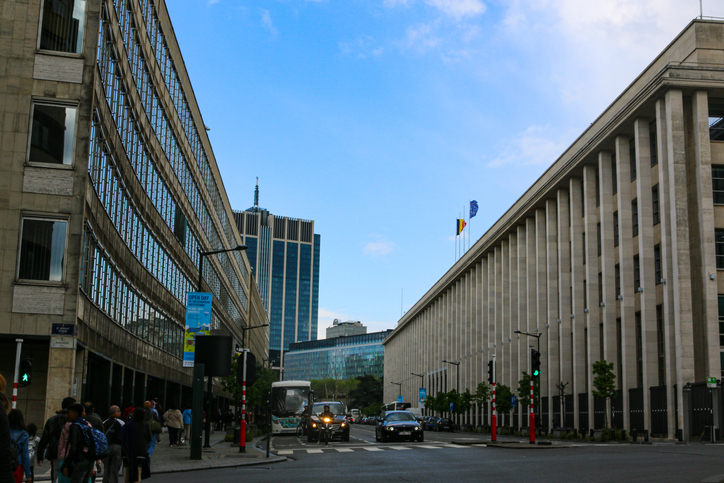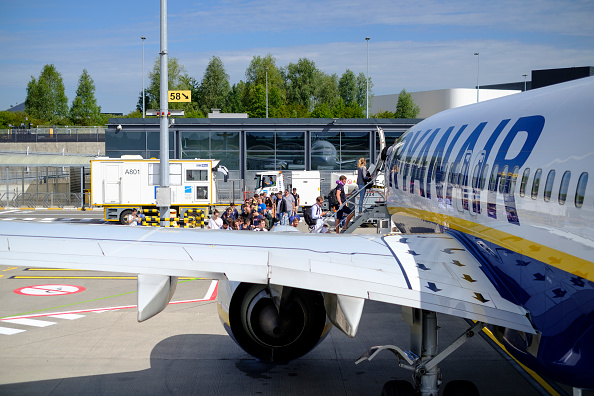A new analysis by Belgium’s economy ministry puts a price tag on US President Donald Trump’s tariffs on Belgian exports at more than €4 billion this year.
Economists say much of that burden will fall on US importers and consumers, not exporters.
“The largest part of the tariff bill is being paid in the US itself,” Hans Dewachter, chief economist at Belgian bank KBC, told Brussels Signal yesterday, adding that at present the burden appears to fall “for now rather on companies than consumers”.
Belgian economic newspaper De Tijd, which reported the study, said the ranges falls between €4.17 billion to €4.38 billion. It comes from applying a EU-level baseline tariff of 15 per cent to most industries. There are separate 50 per cent levies for many metal-containing products such as steel, aluminium and copper derivatives.
ING Belgium economist Ruben Dewitte explained that because exports represent such a large share of the Belgian economy, the country faces a larger burden than other member states.
Besides that, exposure is particularly high “because Belgium’s export share to the US is relatively large”, Dewachter said, adding that in countries that did not export as much to the US specifically, the effect would be smaller.
De Tijd’s sector breakdown shows why the headline number is uneven across the economy: Agriculture and agro-foods face a relatively modest rise (from about €76 million to at most €190 million). Sectors that use metal packaging, though, can see much larger increases — the drinks sector, for example, could move from about €200,000 to as much as €11.9m or even €17.8m depending on metal content.
Dewitte’s analysis of cross-country exposure illustrates further why Belgium is not necessarily automatically the worst affected: Countries that export more metal-intensive products to the US will face a stronger price shock under the 50 per cent sectoral rules on metals.
This industry exists in Belgium but occupies a smaller place in the country’s exports than pharmaceuticals and other chemicals, for instance.
De Tijd also noted the ministry’s caveat that the dataset is updated continuously because “it is not always easy to separate announced measures from those actually adopted”.
As trade negotiations are handled by the European Commission rather than by European Union member states individually, Belgium receives the tariff rates agreed for the whole bloc. That makes the impact analysis particularly relevant for small, open economies that depend heavily on exports to the US.
At the European level, “national studies such as Belgium’s feed into internal analysis of the broader impact of the tariffs across the bloc”, Olof Gill, spokesperson for trade at the European Commission, told Brussels Signal.
The trade deal with the US was made following pressure from “member states and industries” and that the goal was to “protect the jobs and firms in the EU that rely on trade with the US”, Gill said. That is particularly the case for small but export-oriented Belgium.
Market reactions suggest the economic weight of the new tariffs may still fall largely on the US.
Belgian news agency Belga reported that economists at Goldman Sachs told their customers that “55 per cent of all tariff costs would end up being shouldered by US consumers this year”.
As Belgian economists have also observed in practice, many exporters in Europe have kept their prices steady, leaving importers and buyers in the US to absorb most of the increase.
Dewitte said there are four channels that determine who ultimately bears the cost: Exporters may cut margins, alter the value composition of shipments, or reroute export flows to reduce tariff exposure, while US importers can also trim margins to limit price rises for consumers.
“All four channels play a role,” Dewitte said, and so far the observable responses suggest channels tied to export optimisation and importer margin adjustments have been most important, which helps explain why much immediate pain has not hit Belgian firms directly.
Economists say the broader question now is competitiveness.
Belgian Economy Minister, David Clarinval, reacted to the study, saying the US tariffs’ effects on the country were “even larger than [he] expected”. He added that the government’s strategy to counter these effects would focus on improving competitiveness — a challenge that countries like Belgium, where workers are highly paid and enjoy substantial social and employment benefits, have been grappling with for a long time.
Dewitte noted that, while the tariff regime adds costs, “companies can adapt” and that Belgium’s diversified export base provides some buffer.
Dewachter added that, as a small open economy, Belgium’s exposure to a trade war is structurally high, yet the current pattern of cost absorption in the US has so far limited direct damage. Still, both economists warned that a prolonged tariff environment could erode margins and make European producers less competitive over time.
He described the ministry’s methodology as “a good departure basis” for policy discussion while stressing its limits: If trade volumes fall sharply, the headline €4 billion figure will shrink but the ultimate distribution of the remaining burden depends on sectoral specifics and firms’ strategic responses, he said.





